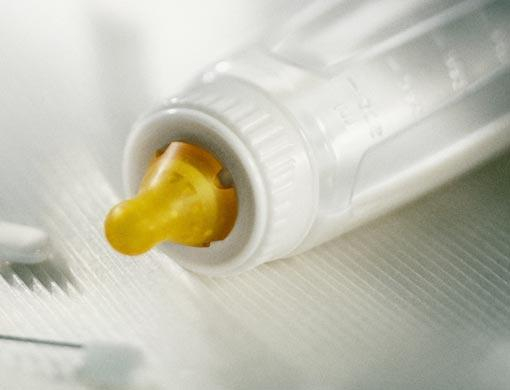DUBAI: Municipal officials in Dubai are to review a common chemical found in common plastics and baby bottles as concern grows over whether it is safe.
Bisphenol A is found in most hard plastics — everything from the interior of cars to sports and medical equipment made from polycarbonates.
The material is even used to make CD cases and to line the inside of food and drink cans.
Canada became the first country in the world to ban the use of bisphenol A in baby bottles and, in 2010, Dubai Municipality reviewed its guidelines.
During that review, local authorities cautioned that parents should not use baby bottles that contain the chemical and health authorities also emphasised that countries around the world have not taken any clear-cut decision on the use of bisphenol A.
Gulf News has learnt, however, that Dubai Municipality is reviewing its policy on bisphenol A and will clarify its position later this week.
A number of studies in the past three years have linked prolonged exposure of bisphenol A to liver and pancreatic dysfunction and as a possible risk factor when it comes to increased rates of obesity and the onset of type-2 diabetes.
Last week, a study in the US reported that early life exposure to bisphenol A may result in a greater risk for men in developing prostate cancer. In the west, medical experts estimate that up to 15 per cent of men will develop prostate cancer — the second leading cause of cancer deaths in males — at some point in their life.
In 2011, the European Union followed Canada’s example and banned the sale of baby bottles containing bisphenol A.
So how do you know if a plastic bottle contains the chemical?
Turn it upside down and there should be a small triangle with a number inside. If that number is seven, chances are it has bisphenol A.
The 7 recycling symbol on the bottom of these plastic containers stands for “other” plastics and is a catch-all description for plastics or combinations of plastics that are not covered by the recycling symbols 1 to 6. The 7 symbol does not always mean the bottle contains bisphenol A. You can only be sure a bottle is polycarbonate if it is made from a hard and clear plastic, and it has the letters “PC” shown near the recycling symbol.
In January 2008, researchers at the University of Rochester released a study suggesting BPA remains in the body for longer than was previous thought. The study was published in the journal Environmental Health Perspectives.
“BPA levels appear to drop about eight times more slowly than expected — so slowly, in fact, that race and sex together have as big an influence on BPA levels as fasting time,” said researcher Richard W. Stahlhut.
Another study, published in September 2008, also examined BPA exposure in humans. The study, which included 1,455 American adults, found that 90 per cent of participants had detectable levels of BPA in their urine. Researchers said those with the highest levels of BPA concentrations in their urine had nearly three times the odds of cardiovascular disease, compared with participants with the lowest levels of BPA. The study also found people with high BPA levels had 2.4 times the odds of Type 2 diabetes in comparison with those with the lowest levels.
In response to the study, the trade group, the American Chemistry Council, said the researchers had not proven a causal link between BPA and adverse health effects.
“As the authors themselves note, they do not conclude that the presence of BPA is causing adverse health effects — they merely noted a statistical association,” the group said.
Studies in peer-reviewed journals have indicated that even at low doses, BPA can increase breast and ovarian cancer cell growth and the growth of some prostate cancer cells in animals. Yale researchers found that when BPA was administered to pregnant mice, it altered a gene responsible for normal uterine development.













